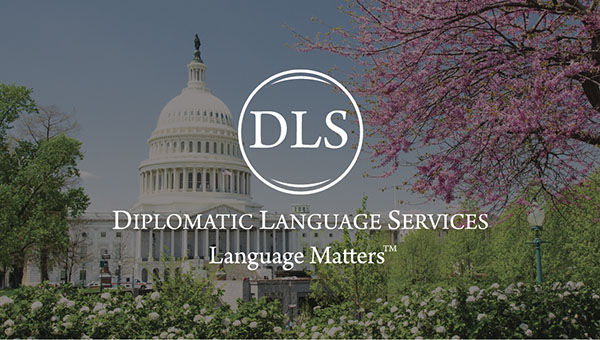At Diplomatic Language Services, we recognize that every learner’s journey is unique, especially when it comes to acquiring new languages and understanding diverse cultures. Understanding and leveraging different learning styles can greatly enhance the effectiveness of language learning. In this post, we explore various learning styles through the lens of language and cultural training, offering insights on how to adapt these methods to fit your personal or professional learning goals.
Visual Learning
Visual learners absorb information best when it is in a graphical or pictorial format. In language and cultural training, visual aids such as charts, infographics, and videos can be incredibly effective. For instance, visual learners often benefit from watching films in the target language with subtitles, using flashcards, or engaging with interactive apps that emphasize visual learning techniques.
Incorporating culturally rich visuals, such as photos from local festivals or art from the region, can help connect the dots between language and cultural context, making learning more meaningful and memorable.
Auditory Learning
Auditory learners excel when information is delivered through sound. Language learning for auditory learners can be optimized through the use of podcasts, songs, or engaging in conversations. Listening to radio shows or audiobooks in the target language can also be particularly beneficial.
Exploring music, spoken poetry, and traditional oral histories of a culture provides auditory learners with a profound understanding of the language’s rhythm, tone, and emotional resonance.
Reading/Writing Learning
Reading/writing learners find conventional reading and writing activities most effective. This style aligns well with language learning through extensive reading of texts in the language, writing essays, or journaling.
Engaging with local newspapers, books, and practicing writing letters or posts in online forums in the target language can significantly enhance vocabulary and grammar skills, while also offering insights into the cultural nuances.
Kinesthetic Learning
Kinesthetic learners thrive on physical activities and learn best by doing. Language learning for kinesthetic types can be immersive, involving role-playing, cooking traditional dishes, or participating in cultural dances.
Participating in cultural workshops or local community events where the language is spoken allows kinesthetic learners to experience the physicality of the language in action. Hand gestures and body language are often integral to communication.
Social and Solitary Learning
While some learners prefer social settings for interactive and group learning, others might find solitary settings more conducive. Social learners often benefit from language classes, discussion groups, or tandem learning partnerships. In contrast, solitary learners might prefer self-paced online courses or using apps that allow them to progress at their own pace.
Social learners might engage with cultural exchange programs or international clubs to enhance their linguistic skills alongside cultural understanding. Solitary learners, meanwhile, might delve into independent research projects or cultural documentaries.
Recognizing and incorporating your predominant learning style into your language and cultural education can dramatically enhance both the speed and depth of learning. At Diplomatic Language Services, we strive to offer a diverse range of resources and teaching approaches to accommodate all learning styles. Whether you are visual, auditory, kinesthetic, social, or solitary, there is a path that will lead you towards linguistic proficiency and a deeper cultural understanding.
Explore our diverse programs and resources today and find the perfect match for your learning style. Embrace the journey of language learning with methods that truly resonate with you and watch your skills flourish.



